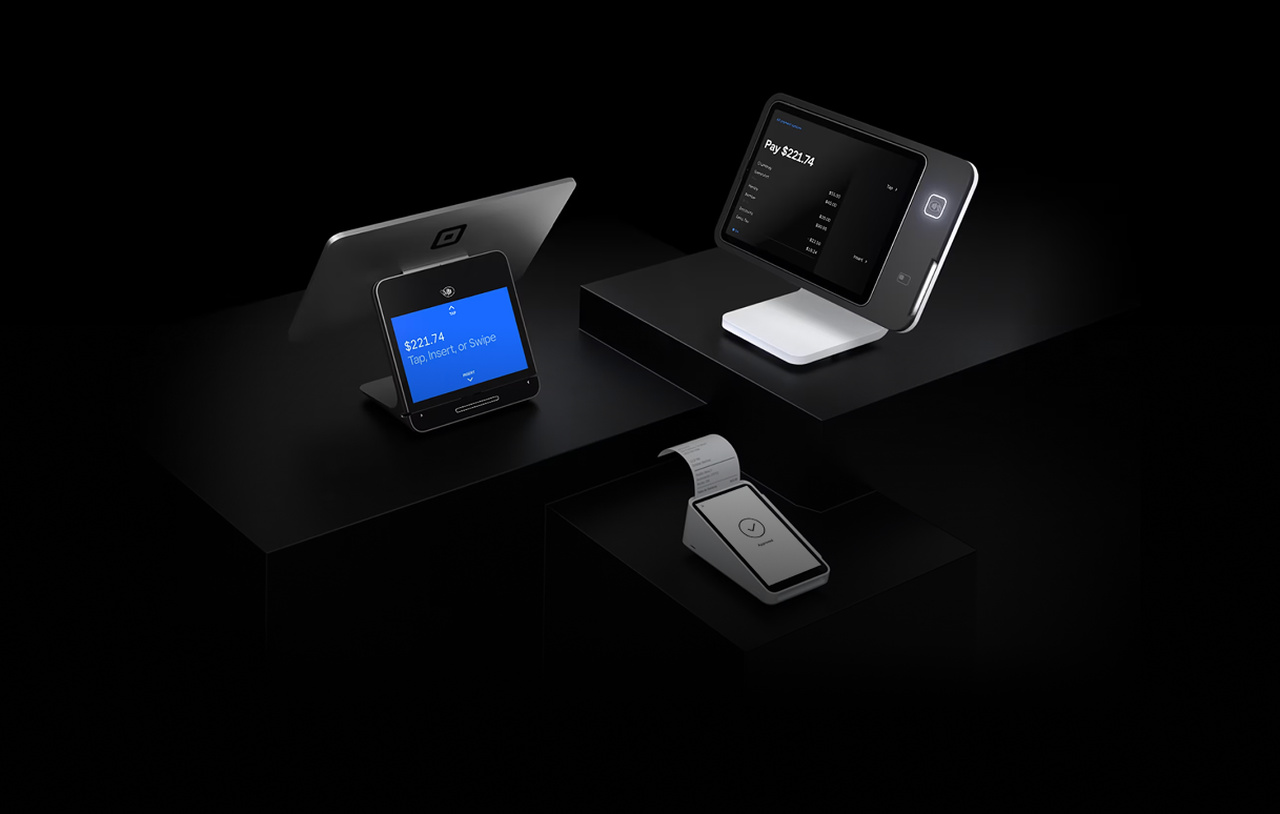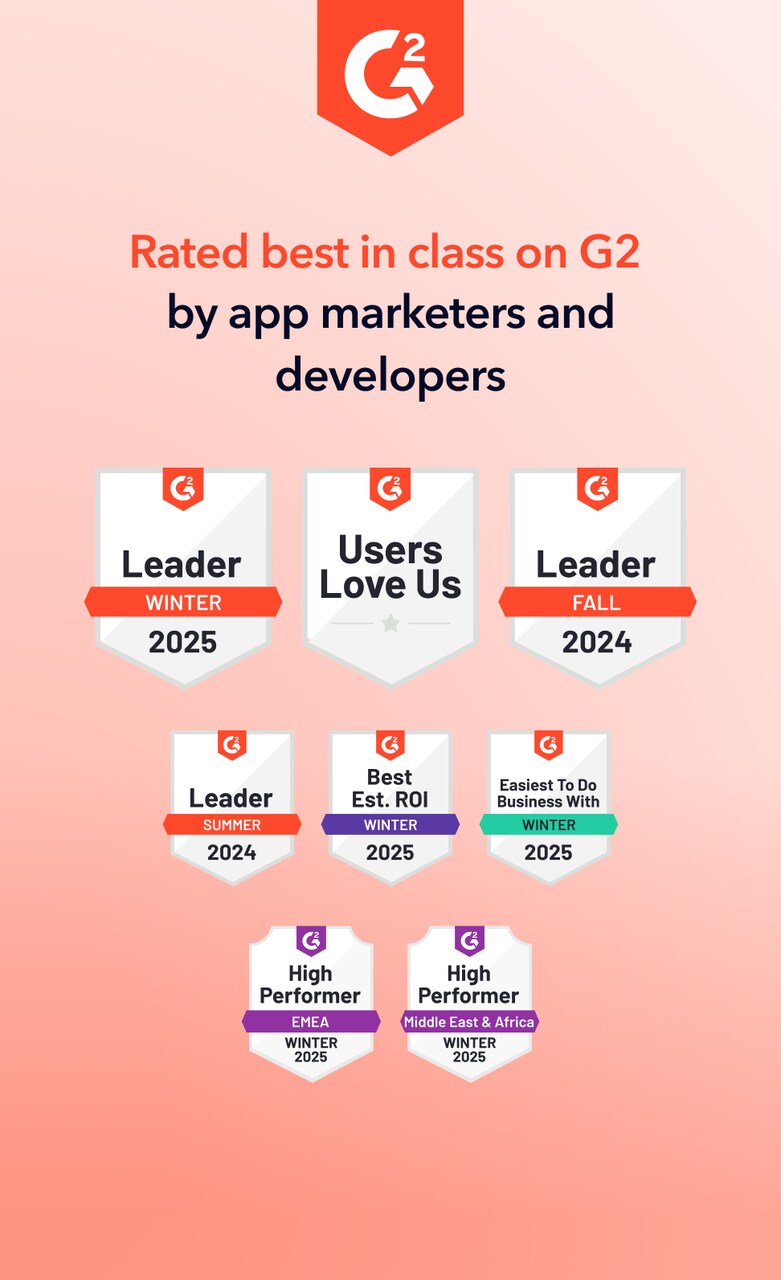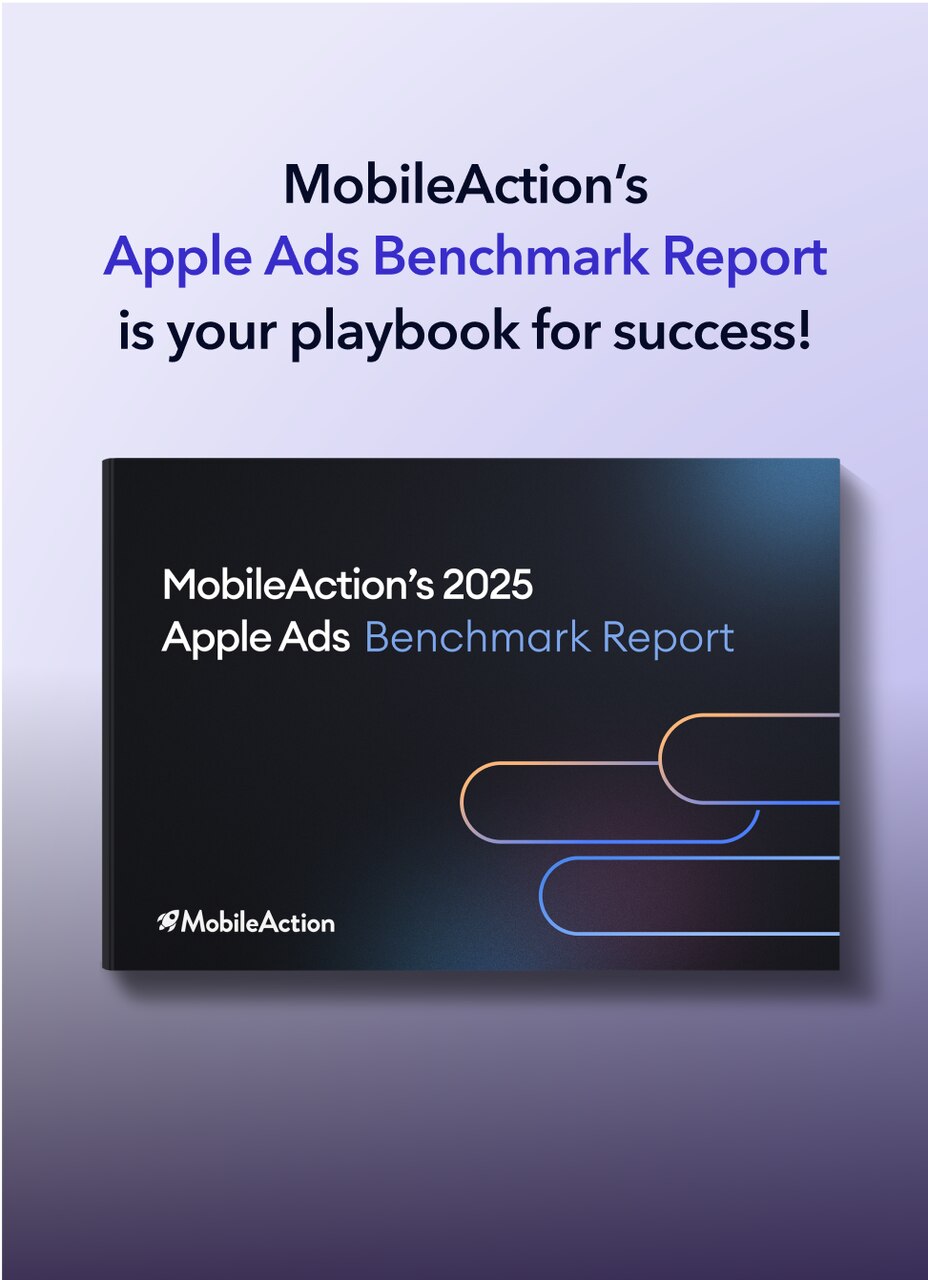Breakdown of in-app event types
1. Promotional events
Promotional in-app events are among the most widely used across multiple categories, particularly in Shopping, Food & Drink, and Travel apps.
These events include limited-time discounts, seasonal sales, and loyalty program boosts designed to drive purchases and increase user engagement.
For instance, Shopping apps like Amazon and SHEIN frequently roll out flash sales and limited-time deals, particularly around global shopping holidays like Black Friday and Cyber Monday. Similarly, Food & Drink apps such as Uber Eats and DoorDash use promotional in-app events to highlight free delivery offers, discount codes, and exclusive meal bundles.
From an ASO perspective, promotional events play a significant role in driving conversions. Since these events create urgency, users are more likely to engage with the app, leading to higher session times, increased transactions, and improved app store rankings.
2. Live events & competitions
Live events and competitions are most commonly utilized in Gaming, Sports, and Entertainment apps, where real-time engagement is a critical metric.
These events often involve leaderboard tournaments, time-limited challenges, and live-streamed experiences designed to encourage ongoing participation.
For instance, in Gaming apps, developers introduce new game modes, special events, and rewards-based challenges to keep players engaged and reduce churn.
Apps like PUBG Mobile and Call of Duty: Mobile frequently hold seasonal competitions where users can unlock exclusive in-game rewards, fostering retention and in-app purchases.
Entertainment apps such as TikTok and Twitch also rely on live events to promote user-generated content, influencer collaborations, and exclusive live-streamed content, which drives engagement and content virality.
ASO-wise, live events significantly boost organic discoverability as they often become trending topics in the app store, social media, and gaming forums, leading to a spike in new user acquisition and re-engagement of dormant users.
3. Feature highlight events
Feature highlight events showcase newly introduced functionalities, UI/UX improvements, or app expansions, helping to educate users and drive feature adoption.
These events are particularly common in Social Networking, Productivity, and Medical apps, where new tools and updates require onboarding.
For example, social networking apps like WhatsApp and Telegram frequently launch in-app events promoting new privacy settings, multi-device support, or AI-driven chat features. By doing so, they ensure users are aware of the improvements and incentivize adoption of the latest tools.
In Productivity apps such as Notion or Google Drive, feature highlight events promote workflow automation tools, integrations with third-party software, and AI-powered assistance, encouraging users to explore premium features and in-app subscriptions.
From an ASO perspective, highlighting new features via in-app events ensures higher adoption rates and improved retention, as users are actively guided through the latest functionalities, leading to lower churn rates and better long-term engagement metrics.





























